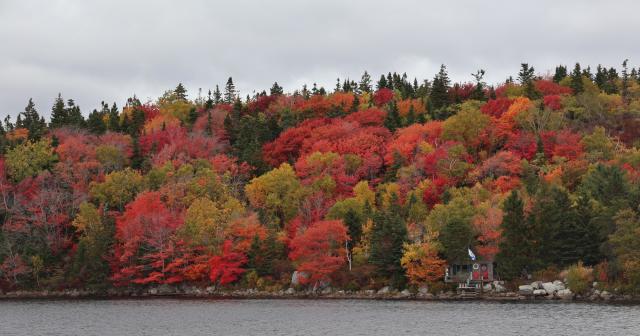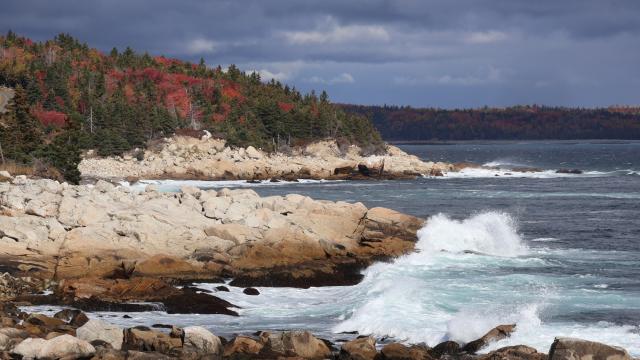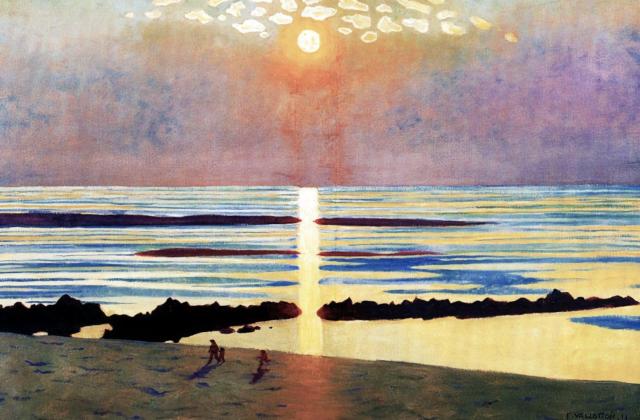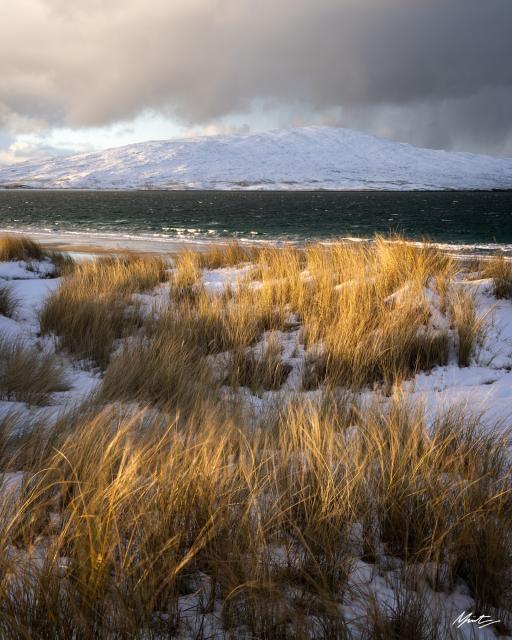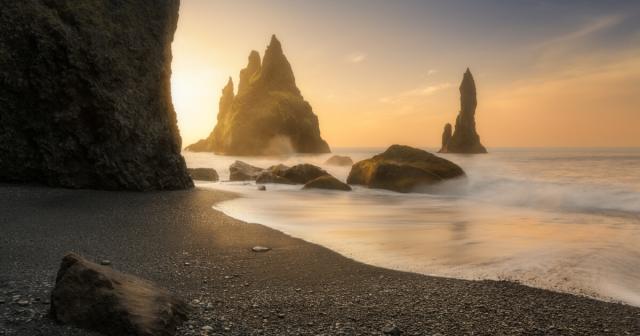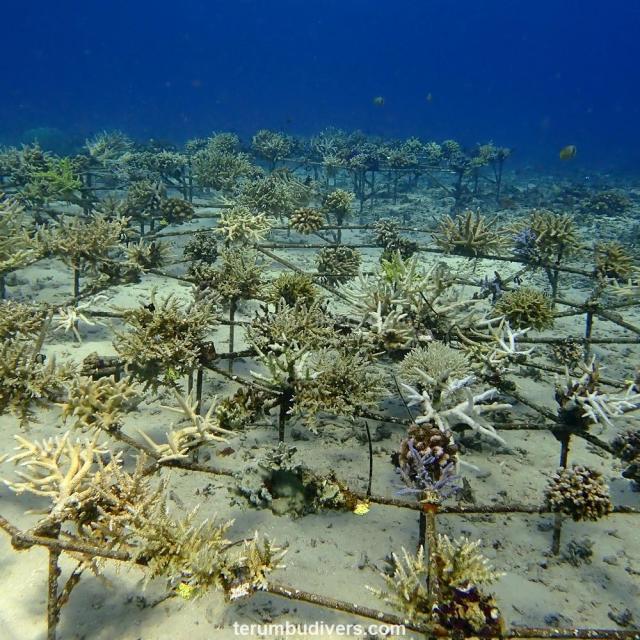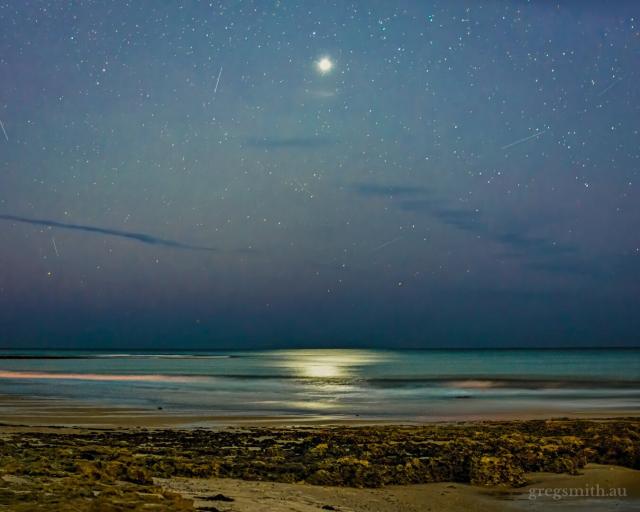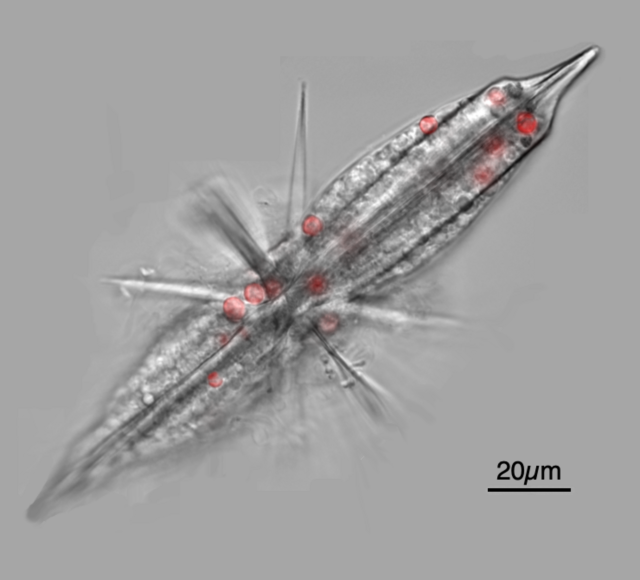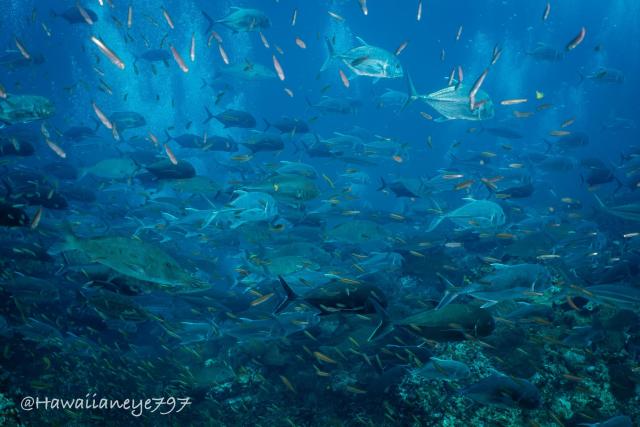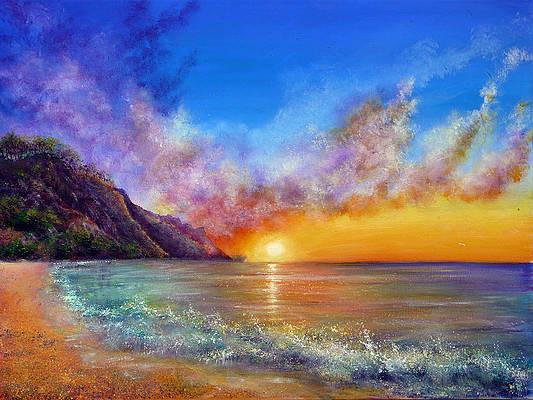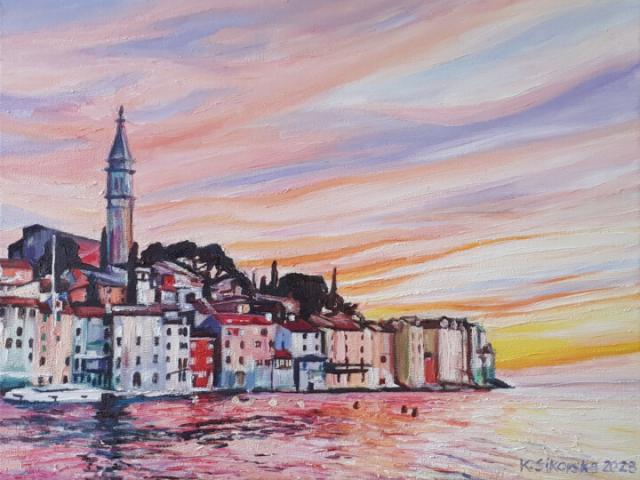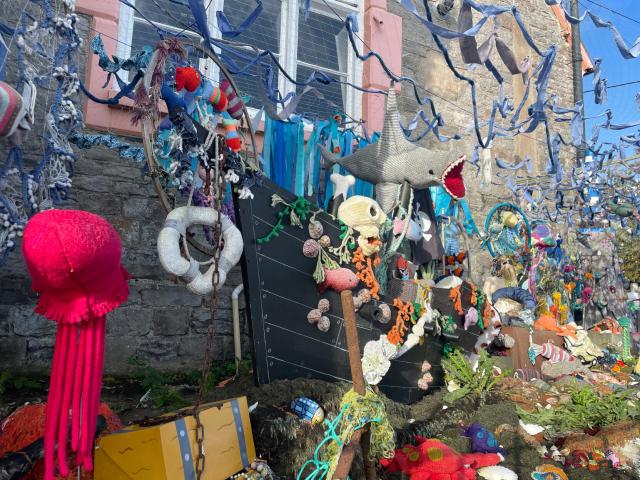Search
Items tagged with: ocean
Marine wildlife fleeing to poles due to global heating as Australian oceans face ‘uncharted’ future
From 2040 onwards the average year for marine ecosystems is likely to be more extreme than the worst years experienced up until 2015, researchers sayPetra Stock (The Guardian)
sciencedaily.com/releases/2025…
Plastic-eating bacteria discovered in the ocean
Beneath the ocean’s surface, bacteria have evolved specialized enzymes that can digest PET plastic, the material used in bottles and clothes.ScienceDaily
Single-particle genomics uncovers abundant non-canonical marine viruses from nanolitre volumes
nature.com/articles/s41564-025…
#viruses #SingleCell #marine #ocean

Single-particle genomics uncovers abundant non-canonical marine viruses from nanolitre volumes - Nature Microbiology
Environmental micro-compartment genomics provides efficient and high-throughput single-particle DNA sequencing that captures overlooked members of microbial communities.Nature
bbc.com/news/articles/c5y7nze3…
#Australia #ClimateChange #ClimateCrisis #ocean #oceans

Algal bloom killing marine life in South Australia is 'disaster', premier says
The catastrophe has turned South Australian waters toxic green and suffocated masses of marine life.Simon Atkinson and Tiffanie Turnbull (BBC News)
It's been a minute since I posted... Here's an overlooked image I've just found while looking back at photos from the Isle of Harris for an upcoming article about long-term projects.
#LandscapePhotography #uk #UnitedKingdom #scotland #ocean #nature #NaturePhotography
Mesoscale eddies shape Prochlorococcus community structure and dynamics in the oligotrophic open ocean
time.com/7287891/deep-sea-mini…
#ocean

The Economics of Deep-Sea Mining Don't Add Up
If the U.S. wants to secure critical minerals it should invest in mining and processing facilities on home soil rather than the seafloor.TIME
Very nice study from Henshaw et al shows that #marine heterotrophic bacteria can sense and move towards cyanobacteria when the latter are infected with #viruses.
Presumably the signatures of early infection are a sign that nutrients from a lysed cell will be available soon.
This is a nice study that has implications for understanding the role of viruses in the #ocean.
Article here:
nature.com/articles/s41564-024…
And we wrote a commentary here:
nature.com/articles/s41564-024…
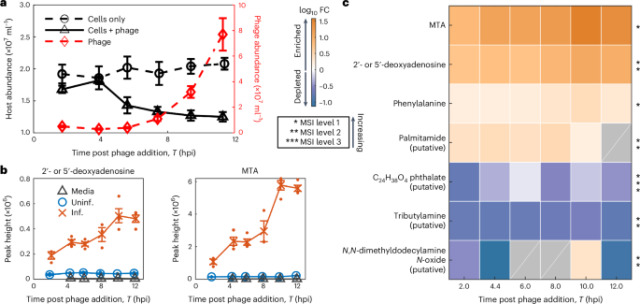
Metabolites from intact phage-infected Synechococcus chemotactically attract heterotrophic marine bacteria - Nature Microbiology
The authors use time-resolved metabolomics and microfluidics to characterize enhanced heterotroph chemoattraction to metabolites released from cyanobacteria during early stages of phage infection.Nature
Plymouth #Marine Laboratory (PML) has amazing new PhD studentships at the laboratory! Find out more:
pml.ac.uk/Working-with-us/PhD-…
#remotesensing #ocean #AI
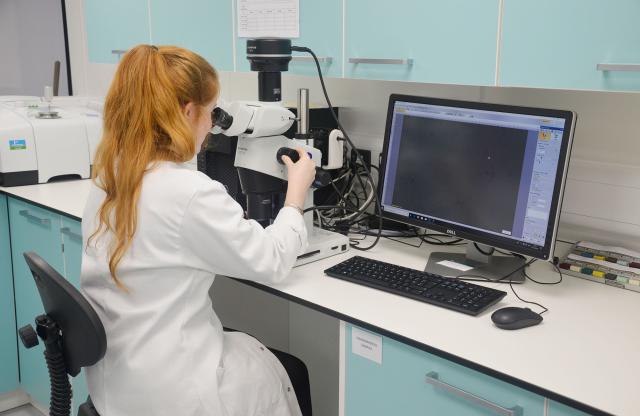
PhD studentships
Plymouth Marine Laboratory conducts multidisciplinary research at the cutting edge of marine science to understand the complex marine environment and help solve the challenges it faces.Plymouth Marine Laboratory
Metabolites from intact phage-infected Synechococcus chemotactically attract heterotrophic marine bacteria
nature.com/articles/s41564-024…
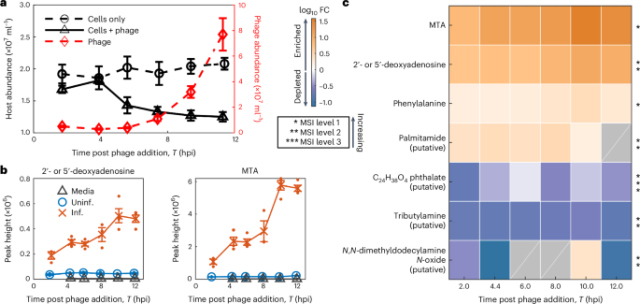
Metabolites from intact phage-infected Synechococcus chemotactically attract heterotrophic marine bacteria - Nature Microbiology
The authors use time-resolved metabolomics and microfluidics to characterize enhanced heterotroph chemoattraction to metabolites released from cyanobacteria during early stages of phage infection.Nature
One Of Iceland’s Most Dangerous Destinations Is A Black Sand Beach » TwistedSifter - EUROPE SAYS
We don’t think of beaches of being particularly dangerous vacation destinations, unless we’re talking about sharks. But thoseEUROPE SAYS (EUROPESAYS.COM)
"When a Plan Comes Together | In Search of Hydrothermal Lost Cities (extended cut)."
youtube.com/watch?v=TA1swmshdK…
- YouTube
Enjoy the videos and music that you love, upload original content and share it all with friends, family and the world on YouTube.www.youtube.com
Reflection from Venus, surprisingly bright to the naked eye.
#venus #ocean #space #astro #astrophotography
MS/PhD Opportunities in Ocean Engineering and Oceanography
University of Hawaiʻi at Mānoa
🚨Fall 2025 #MS/#PhD Opportunities in #Ocean #Engineering & #Oceanography🚨
See the full job description on jobRxiv: jobrxiv.org/job/university-of-…
#biodiv...
jobrxiv.org/job/university-of-…

MS/PhD Opportunities in Ocean Engineering and Oceanography
Post a job in 3min, or find thousands of job offers like this one at jobRxiv!jobRxiv
Weekend #Plankton #Factoid 🦠🦐
Research on how bacteria and archaea interact with other members of the plankton food-web is much more advanced in #ocean systems compared to freshwaters, but still very much unknown. They are food, but we also know of many cases of apparent symbiosis between #bacteria and organisms, with bacteria providing bioluminescence, energy via photosynthesis, or B vitamins, but how common is this? Read about the mission here. #science #ClimateChange
fondationtaraocean.org/en/scie…
The plankton paradox: Unprecedented cooperationbetween bacteria in the Ocean
A team of CNRS researchers, led by Dr. Samuel Chaffron, developed a model based on data fromthe Tara Oceans expedition (2009-2013) to explain the plankton paradox: Ocean microorganismsof astonishing diversity should be competing, but instead collabor…deborah (Fondation Tara Océan)
#Copepod #zooplankton are the most numerous metazoans on the planet, and some have evolved into fantastical forms. Take Calocalanus pavo, the beautiful "peacock copepod", which has amazingly plumed antenna and caudal rami. It is small, ~1mm long, and uses the plumes to slow its sinking for feeding in the upper #ocean. It is famous for being very prominent in Ernst Haeckel's Kunstformen der Natur (1904) plate 54 #watercolour paintings of copepoda.
#science #art
So sorry to hear that the quite wonderful Hakai Magazine will shut down at the end of the year.
A great privilege to read and even contribute to this excellent publication about science and societies on coasts around the world.
@hakaimagazine @HakaiInstitute #ocean #harbor #marine #coast
Hakai Magazine
Hakai Magazine explores science, society, and the environment in compelling narratives that highlight coastal life and phenomena.Hakai Magazine
We know so little of the hidden world beneath the seas. This is a perfect example of why it is so risky to just power ahead and start mining our oceans.
bbc.com/news/articles/c728ven2…
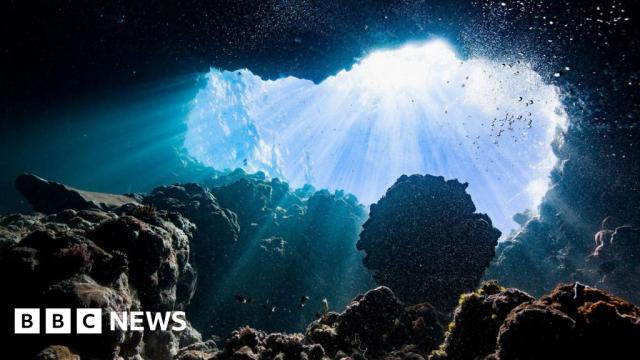
Dark oxygen made by deep sea 'batteries'
The discovery that lumps of metal on the seafloor produce oxygen raises questions over plans to mine the deep ocean.Victoria Gill (BBC News)
Happy World Turtle Day!
ARTWORK - peggy-collins.pixels.com/featu…
#worldturtleday #turtles #turtle #ocean #sea #seaturtle #animals #animal #art #arte #ayearforart #buyintoart #kunst #wallartforsale #wallart #artprints #artforsale #fineart #decor #gifts #giftideas #interiordesign #homedecor #contemporaryart #modernart #creativetoots #artbooster #fediverse #fedigiftshop #mastodonart #mastoart
Globally occurring pelagiphage infections create ribosome-deprived cells
nature.com/articles/s41467-024…
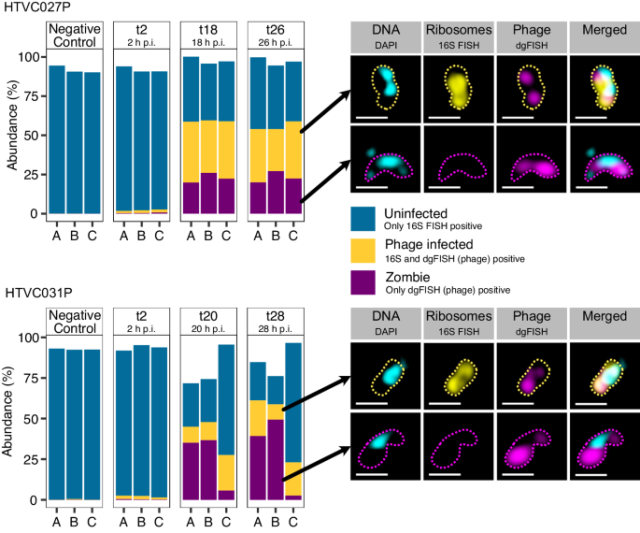
Globally occurring pelagiphage infections create ribosome-deprived cells - Nature Communications
SAR11 bacteria and their phages are abundant in the oceans. Here the authors quantify the number of phage-infected SAR11 cells using microscopy techniques and discover phage-infected cells without any detectable ribosomes.Nature
So cool!
#Science
#Ocean
Great pics of new ocean species recently discovered!
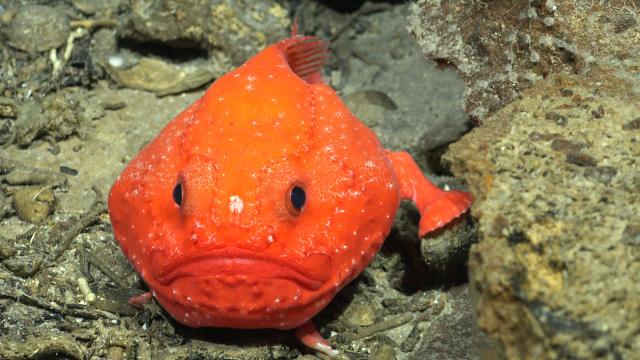
Research team discovers more than 50 potentially new deep-sea species in one of the most unexplored areas of the planet
An international group of scientists, co-led by researcher Ariadna Mechó of the Barcelona Supercomputing Center—Centro Nacional de Supercomputación (BSC-CNS), observed 160 species on seamounts off the coast of Chile that had not yet been known to liv…Science X (Phys.org)
Happy Easter! A seascape of fish and other critters at Richelieu Rock in the Andaman Sea. Your #sealife #photooftheday
#Easter #Sunday #fish #Sony #RichelieuRock #SonyAlpha #Nauticam #Inon
sea #ocean #marinelife #animals #nature #wild #wildlife #outdoors #explore #environment #earth #water #climatechange #reef #photo #photography #pictureoftheday #picture #Indianocean #AndamanSea #Thailand @thesmilingseahorse
Daily turnover of active giant virus infection during algal blooms revealed by single-cell transcriptomics
"A consistent percent of infected coccolithophores displayed the early phase of viral replication for several consecutive days, indicating a daily turnover and continuous virocell-associated metabolite production, potentially affecting the surrounding microbiome"
Happy to share our latest paper, in which we examined the timing at which different microbial groups colonized the ocean!
The first author (Carolina Martinez) is starting her lab at UC Santa Barbara in 2024 and is looking to recruit postdocs and PhD students, so if this looks interesting to you, please reach out to her!
A timeline of bacterial and archaeal diversification in the ocean
elifesciences.org/articles/882…
#microbiology #ocean #marine #evolution

A timeline of bacterial and archaeal diversification in the ocean
Phylogenomics reveals the timeline over which marine bacteria and archaea colonized the oceans and shows the geological context of their diversification.Carolina A Martinez-Gutierrez (eLife Sciences Publications, Ltd)
Contrasting drivers of abundant phage and prokaryotic communities revealed in diverse coastal ecosystems
nature.com/articles/s43705-023…
#marine #viruses #phages #ocean #microbiology #virology

Contrasting drivers of abundant phage and prokaryotic communities revealed in diverse coastal ecosystems - ISME Communications
ISME Communications - Contrasting drivers of abundant phage and prokaryotic communities revealed in diverse coastal ecosystemsNature
Kratosvirus quantuckense: the history and novelty of an algal bloom disrupting virus and a model for giant virus research
doi.org/10.3389/fmicb.2023.128…
#viruses #marine #ocean #HAB #GiantViruses
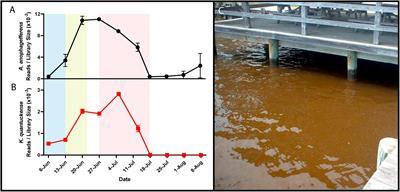
Kratosvirus quantuckense: the history and novelty of an algal bloom disrupting virus and a model for giant virus research
Since the discovery of the first “giant virus,” particular attention has been paid toward isolating and culturing these large DNA viruses through Acanthamoeba spp. bait systems.Frontiers
Marine #microorganisms are crucial for #ocean health.
#Bacteria, #archaea, #fungi, #algae and #viruses make up most of the biomass in the seas and form the base of marine food webs.
They support nutrient cycling and drive crucial biogeochemical processes, including key steps in the carbon, nitrogen and silicon cycles.
Ocean modelling must evolve to take their biological complexity into account.
#biology #ecology #oceans
nature.com/articles/d41586-023…
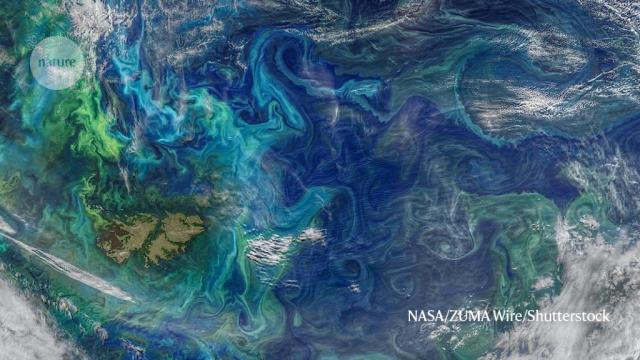
‘Oceans are hugely complex’: modelling marine microbes is key to climate forecasts
Microorganisms are the engines that drive most marine processes. Ocean modelling must evolve to take their biological complexity into account.Tagliabue, Alessandro
Nice study on polar giant viruses!
Genomic adaptation of giant viruses in polar oceans
nature.com/articles/s41467-023…
#viruses #GiantViruses #virology #oceanography #marine #ocean #polar
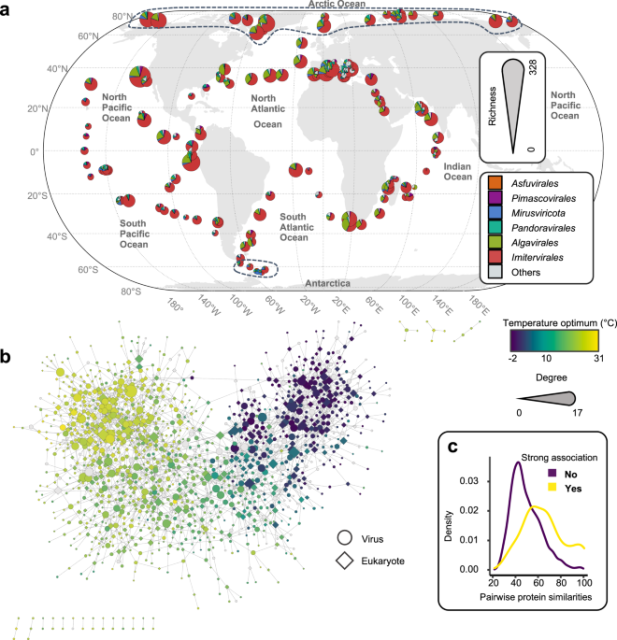
Genomic adaptation of giant viruses in polar oceans - Nature Communications
This study examines the biogeography and functional gene repertoires of marine eukaryote-infecting large and giant DNA viruses.Nature
Top abundant deep ocean heterotrophic bacteria can be retrieved by cultivation
nature.com/articles/s43705-023…
#microbiology #marine #ocean #DeepBiosphere
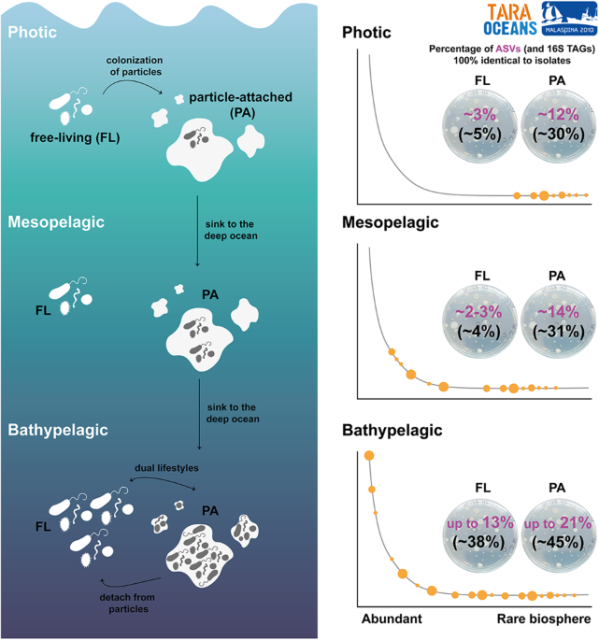
Top abundant deep ocean heterotrophic bacteria can be retrieved by cultivation - ISME Communications
ISME Communications - Top abundant deep ocean heterotrophic bacteria can be retrieved by cultivationNature

